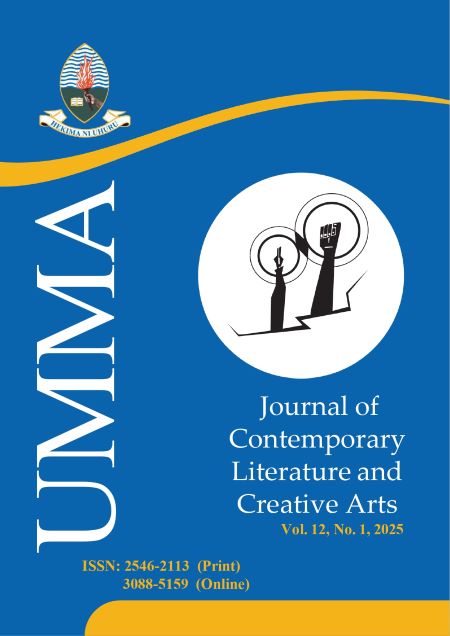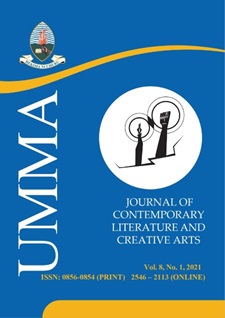NFTs Are Unwanted Here!
Impact of Blockchain Technology on Elevating Tanzania's Art Scene
Abstract
The integration of blockchain technology and Non-Fungible Tokens (NFTs) into Tanzanian art signifies a pivotal moment with transformative potential for artists, drawing on Everett Rogers' Diffusion of Innovations Theory. This discussion explores the implications of merging blockchain and NFTs, focusing on themes like technological decentralisation, cultural empowerment, and associated challenges. Blockchain empowers artists by facilitating direct engagement with a global audience and bypassing intermediaries. It also creates unalterable ownership records, giving artists greater control over their work. NFTs contribute to digitally preserving and sharing Tanzanian cultural heritage, increasing visibility and influence for previously marginalised voices on the international stage. Despite these promising opportunities, integration faces obstacles such as limited technological access and complex legal frameworks, which hinder wider adoption. Addressing these issues requires collaboration to reduce digital inequalities, promote understanding of blockchain technology, and strengthen legal protections. Ultimately, combining blockchain and NFTs could transform the Tanzanian art scene by amplifying cultural voices and protecting heritage in an increasingly digital world. Success depends on effectively managing challenges and capitalising on emerging opportunities.
Keywords: NFT, Art Scene, Blockchain Technology
Downloads
Published
Issue
Section
License
Copyright (c) 2025 Creative Commons

This work is licensed under a Creative Commons Attribution-NoDerivatives 4.0 International License.
- Authors retain copyright and grant the journal right of first publication with the work simultaneously licensed under a Creative Commons Attribution License that allows others to share the work with an acknowledgement of the work's authorship and initial publication in this journal.
- Authors are able to enter into separate, additional contractual arrangements for the non-exclusive distribution of the journal's published version of the work (e.g., post it to an institutional repository or publish it in a book), with an acknowledgement of its initial publication in this journal.
- Authors are permitted and encouraged to post their work online (e.g., in institutional repositories or on their website) prior to and during the submission process, as it can lead to productive exchanges, as well as earlier and greater citation of published work (See The Effect of Open Access).



